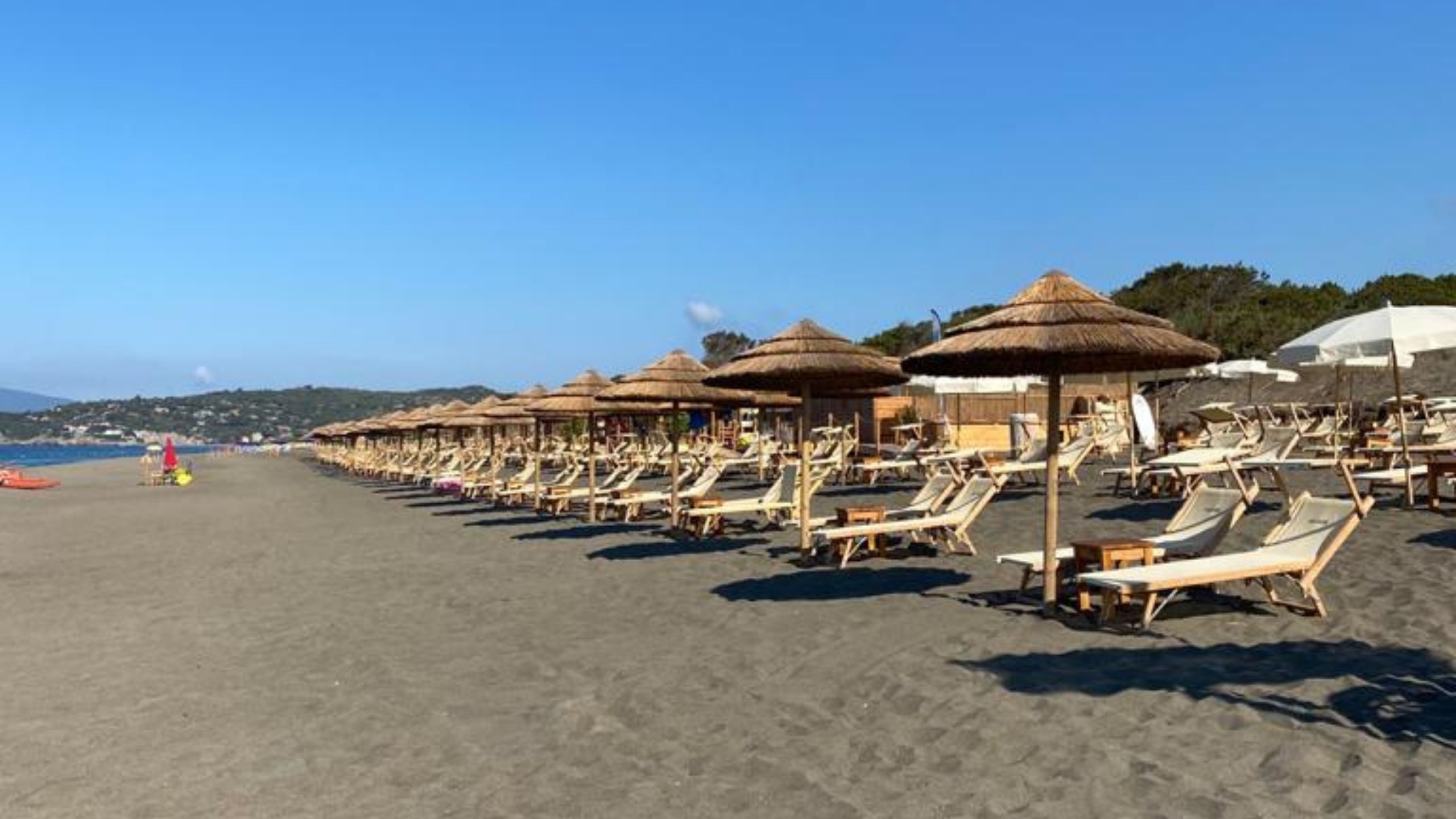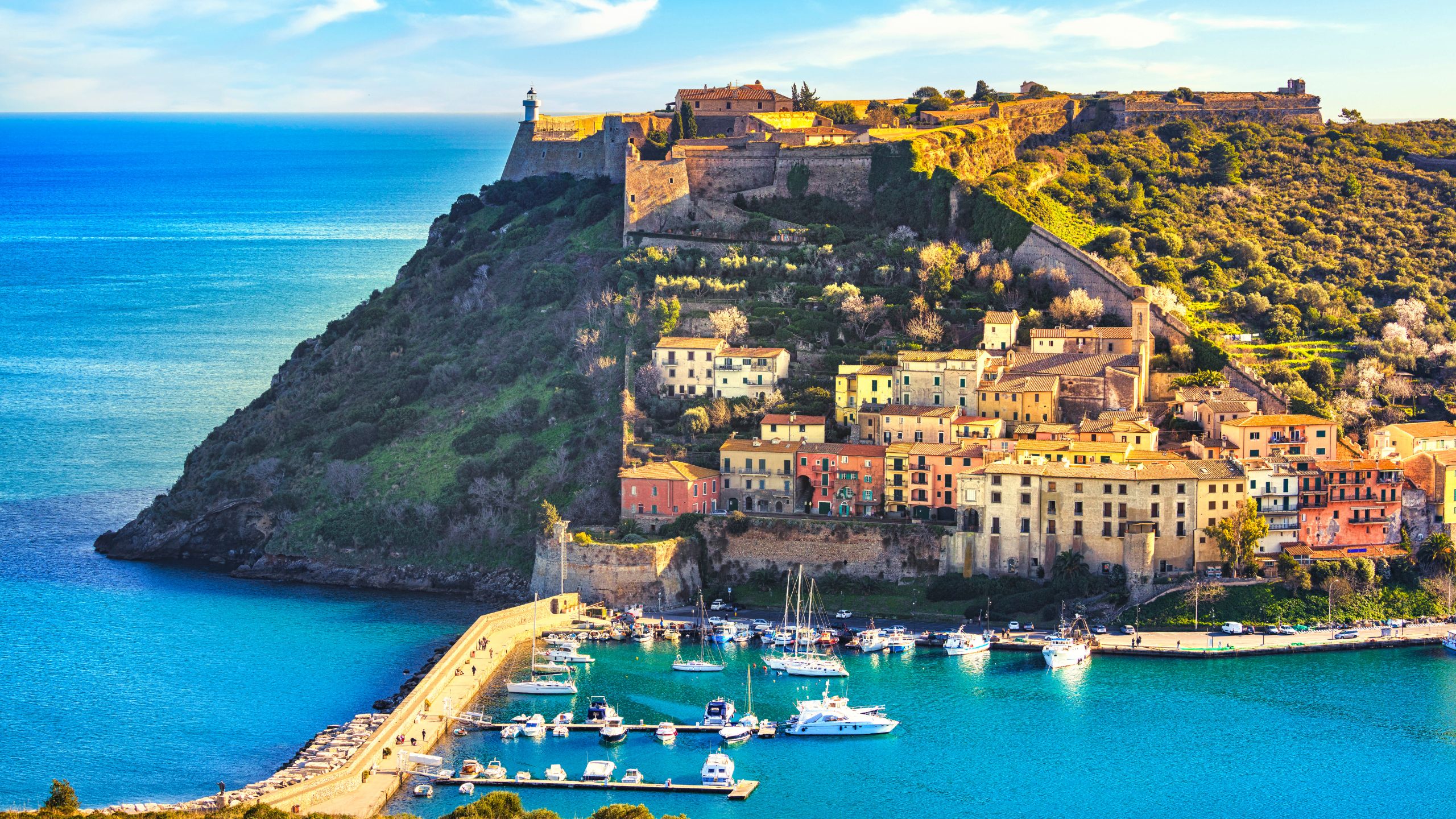Holidays in Capalbio: 7 reasons to spend a holiday in Capalbio amongst nature, sea and art
The Val d'Orcia, the Val di Chiana, the Chianti area and the Tuscan Maremma are just some of the places that make Tuscany one of the most beautiful regions of Italy, well loved even internationally, in light of the many celebrities who have bought a home here. There are many V.I.P.s in Capalbio, a beautiful village located in the heart of the Maremma Grossetana that maintains an intimate atmosphere and seems almost lost in time. The appearance of Capalbio should not deceive because this village, enclosed by a double wall which has been excellently kept over the centuries, preserves a remarkable historical and artistic heritage: it is no coincidence that Capalbio, during the Renaissance, was even nicknamed "Little Athens" and visiting it you understand the reason for this very well.
Why should you visit Capalbio?
The Walls of Capalbio: this is the small marvel that welcomes visitors who arrive at the Tuscan village for the first time. The fact that it is a double wall is its main feature: the first, which is older and lower, was built around the Rocca at the request of the Aldobrandeschi, with the aim of defending the land from its enemies. The second wall dates back to the 15th century and was built by the Sienese when they conquered Capalbio. You can not visit the town without going up and walking along the patrol walkways where once soldiers roamed as they guarded the area: from here the view is nothing short of spectacular, ranging over the Argentario and the whole of the Tuscan Maremma.
The historic center of Capalbio is another of the reasons why it is worth visiting this small corner of the Tuscan Maremma: stairways, alleys and stone houses embellished with flowers make the heart of Capalbio a small jewel, whose main centre is Piazza Magenta. Many of the events in Capalbio take place in this picturesque open space, from the Capalbio International Prize to Nights of Poetry, which attract many well-known personalities in the field of journalism, literature and politics. Among the major attractions of the historic center of the village there is the Pieve di San Nicola, built between the twelfth and thirteenth centuries: inside this Romanesque building there are splendid Renaissance frescoes, including the Virgin enthroned with the child.
Crossing via Collacchioni you reach the Rocca Aldobrandesca a medieval fortress, in the past owned by the Abbey of the Three Fountains, and then passed to the Aldobrandeschi in the eleventh century. Next to the characteristic crenellated tower is the Palazzo Collacchioni, inside which Conrad Gray’s fortepiano is preserved: this musical instrument, placed in the elegant room with a fireplace, was once played by the great composer Giacomo Puccini.
In Maremma between the 19th and the 20th century brigandage flared up, and one of the greatest exponents of this phenomenon was Tiburzi. This man, who was considered a protector of the poor, was killed in 1896 and rests today in the cemetery of Capalbio: a visit to this sacred place, in the presence of the plaque that remembers him with pride, allows you to get to know more in depth a part of the history of the territory. It is thought that at the beginning the parish priest of the village refused to bury Tiburzi in the cemetery as he was an outlaw, but a revolt by the local people forced him to come to a compromise: the body of the brigand was thus buried on the border of the cemetery, half inside and half outside it.
The surrounding area of Capalbio
Among the reasons why it is worth organizing a holiday in Capalbio is the surrounding area, starting from the beach that stretches for 12 km from Orbetello to the border with Lazio: the sand is soft and the sea is so clear that you can easily see the seabed. The beach is also a paradise for sports lovers, who can practice windsurfing and kitesurfing.
The Nature Reserve of Lake Burano which is situated in front of the beach of Capalbio is not to be missed: it is an immaculate natural area where sandy dunes alternate with thickets of holm oaks, cork trees and Mediterranean bush, and where you can observe many different species of birds including the kingfisher, cormorants, marsh harriers and pink flamingos from the watchtowers.
A visit to the Tarot Garden, designed by the artist Nikki De Saint Phalle is amongst the activities in Capalbio that must definitely be done, especially if you have children: this park, immersed in the luxuriant Maremma countryside and inspired by the genius of Gaudi, is characterized by the presence of 22 colossal sculptures depicting the major arcana of the tarot.
Particularly striking is the Popess from whose mouth flows the water that fills the pool below which contains the Wheel of Fortune, the colourful Gate of the Sun, the Empress and the Tree of Life. Equally beautiful is the Force, depicted by a woman and a dragon tied together by an invisible thread. Do not miss the quotes and thoughts, which were written by the sculptor herself, which can be found as you walk along the paths, to demonstrate above all how much the Tarot Garden reveals itself as a sort of esoteric pathway.
Hotel Residence Valle del Buttero
Those looking for a solution to stay in the heart of the Maremma village, can choose to stay overnight at the Hotel Residence Valle del Buttero: the structure, despite being located so near to the historic center, is surrounded by the most luxuriant nature and is the perfect solution for those who wish to enjoy events in Capalbio.
The high quality toiletries set, which can be found in all rooms and suites, is made of extra virgin olive oil, and is just one of the many ways the hotel pampers all its guests: there is a beautiful garden, a swimming pool and a Technogym gym. The hotel is run by a family of hoteliers who have 40 years of experience and who have made the hospitality and friendliness of all the staff the real strength of this establishment. From the hotel you can then organize excursions in the surrounding area of Capalbio, from the "Nature Reserve of Lake Burano", the Lagoon of Orbetello to the Cascate del Mulino in Saturnia, whose beneficial springs have been known since Roman times.




